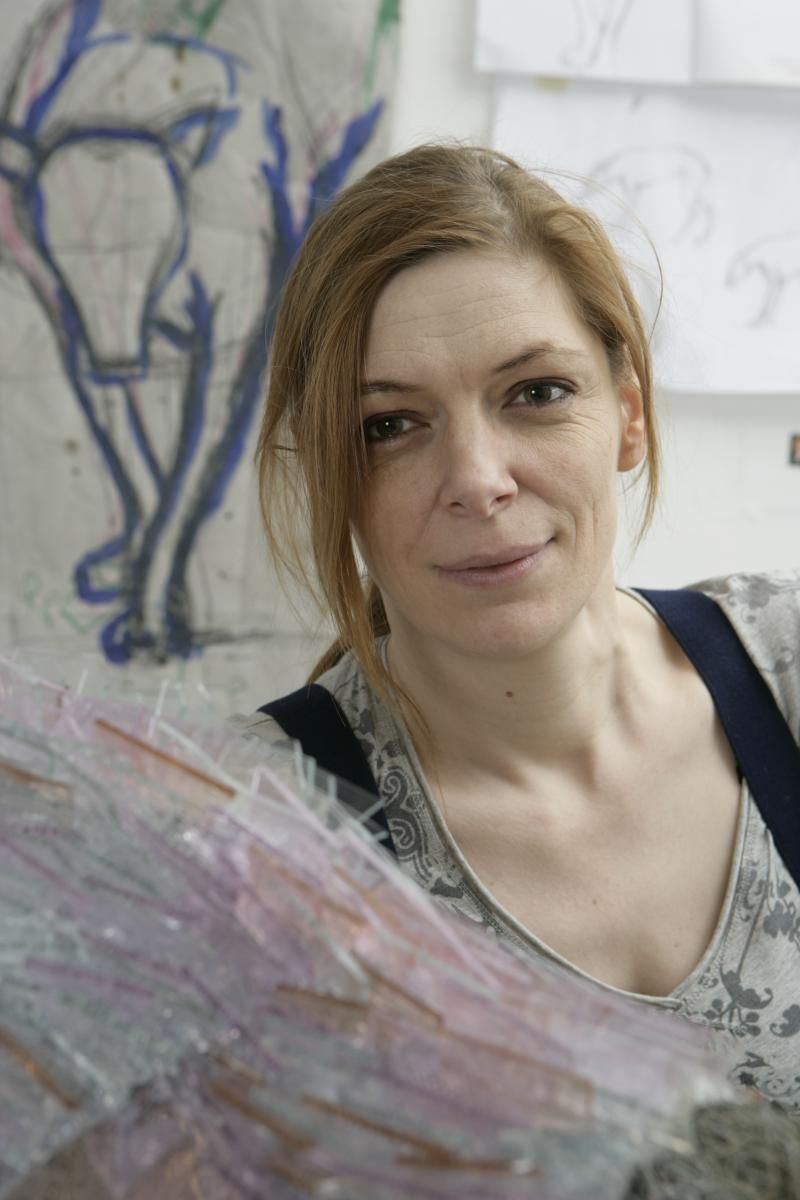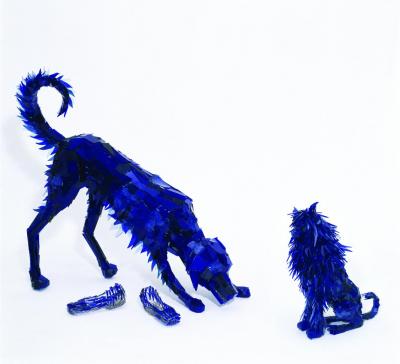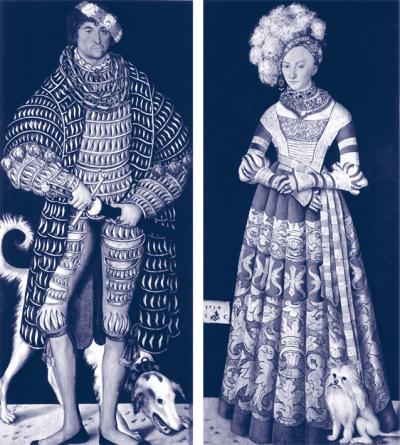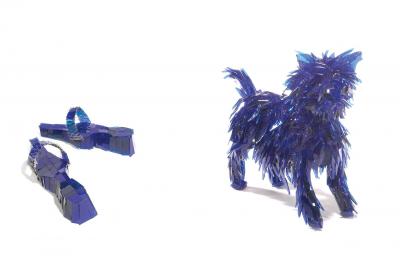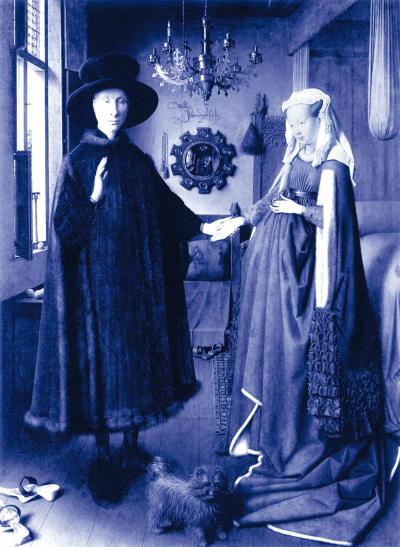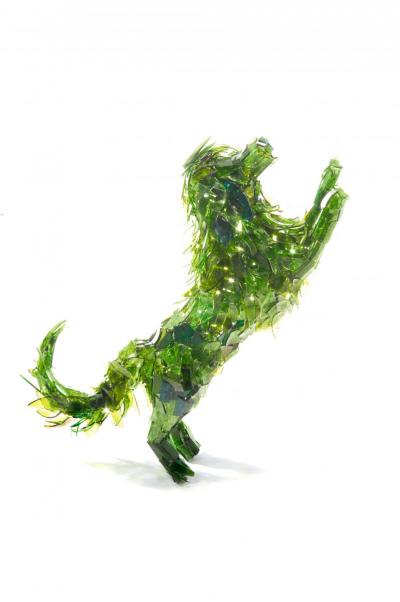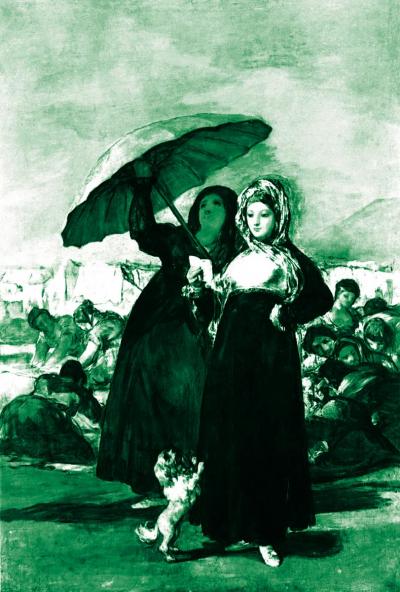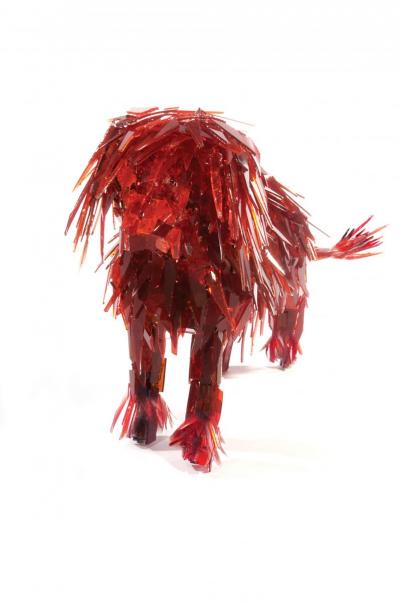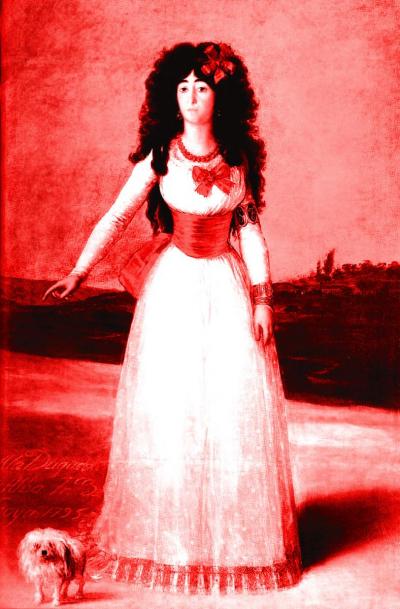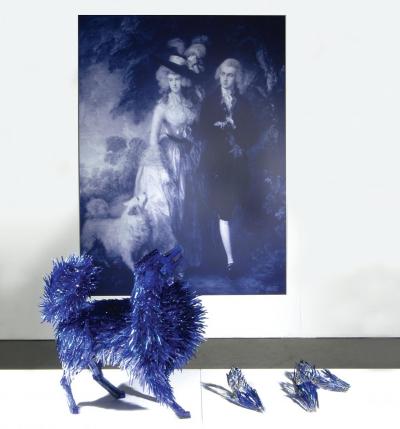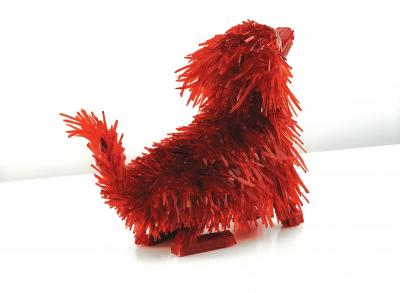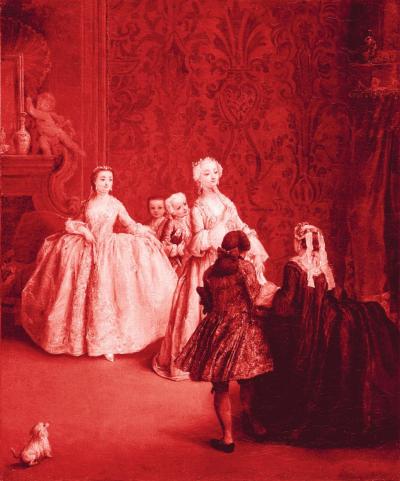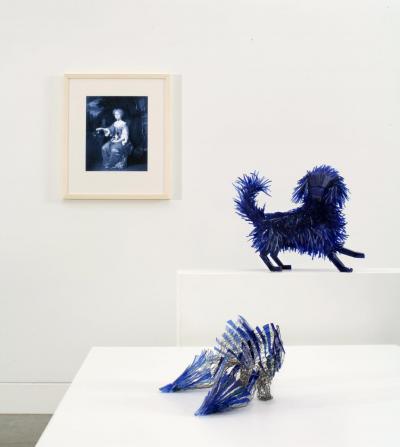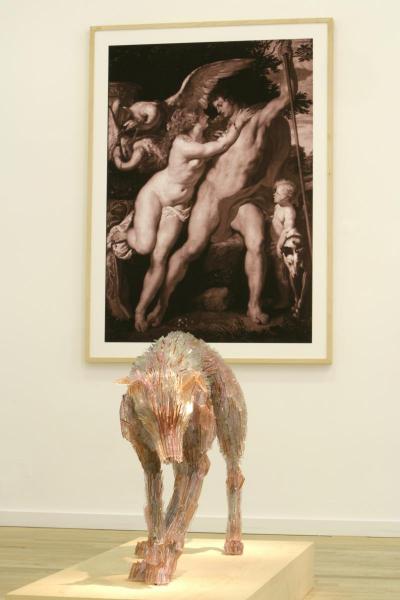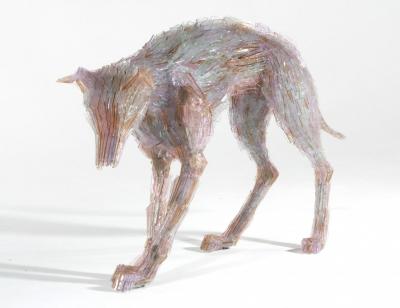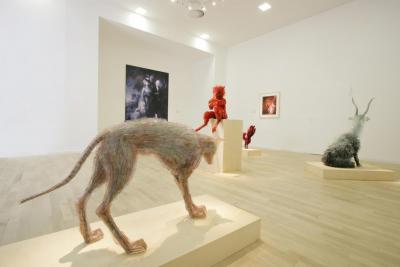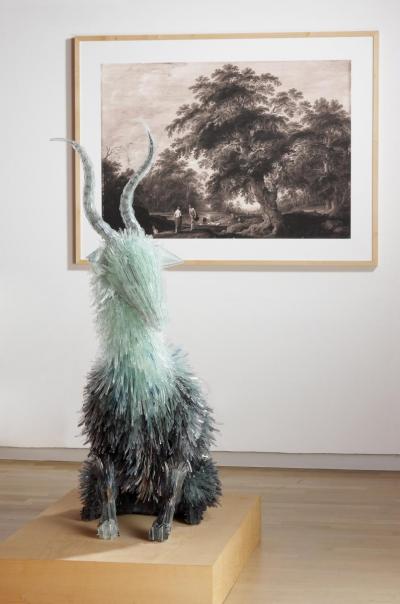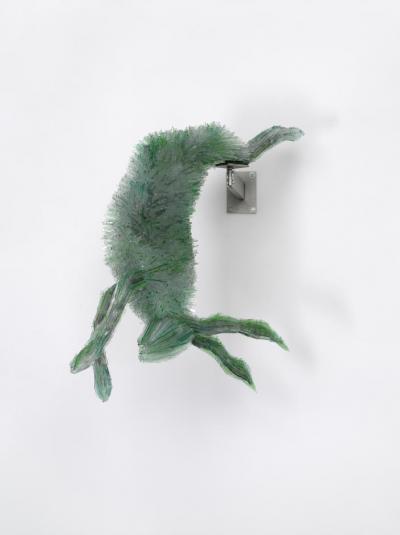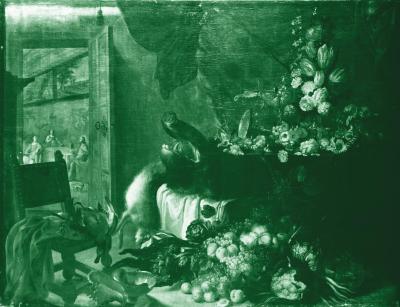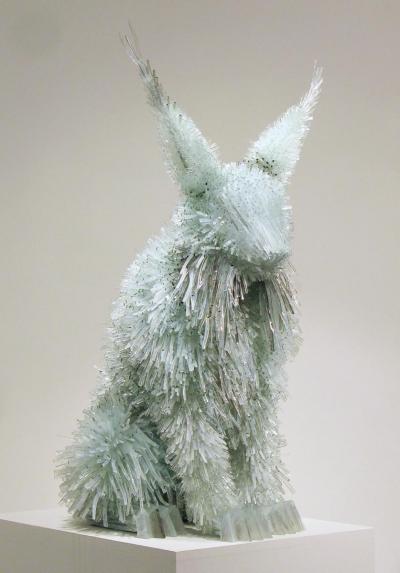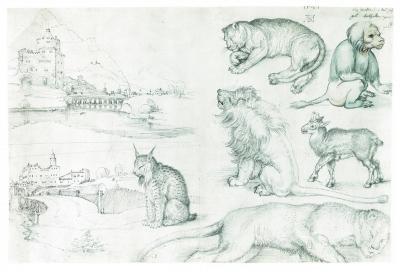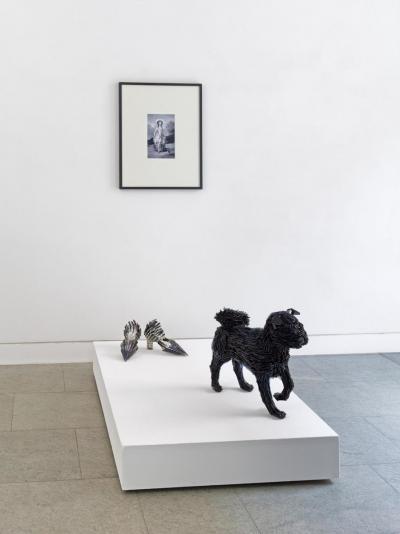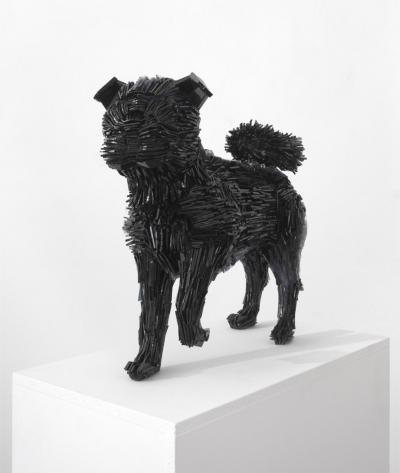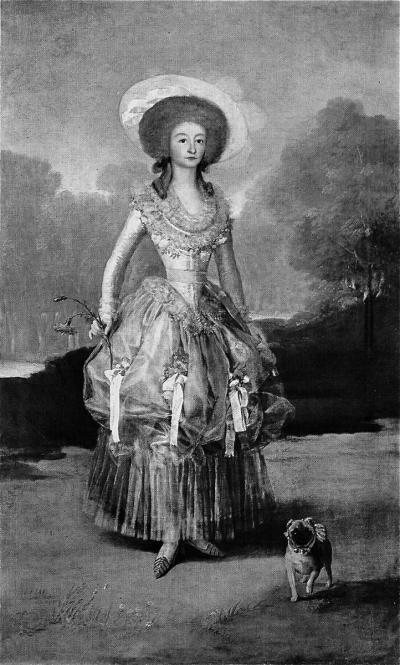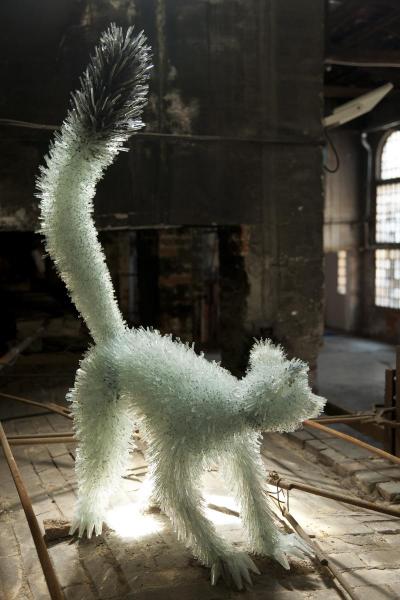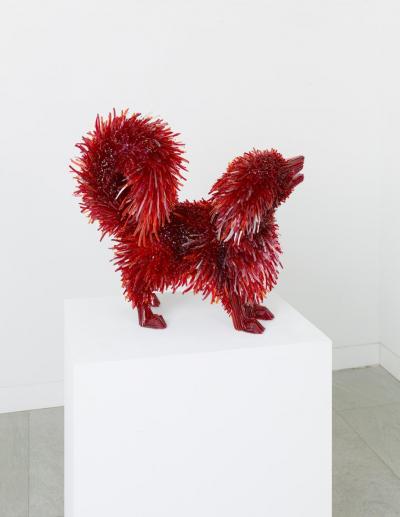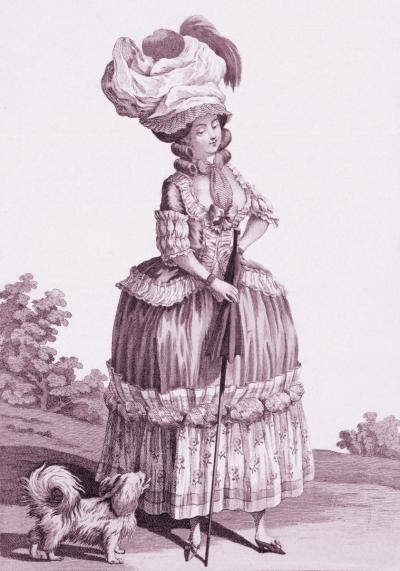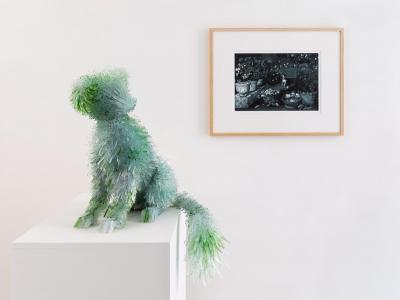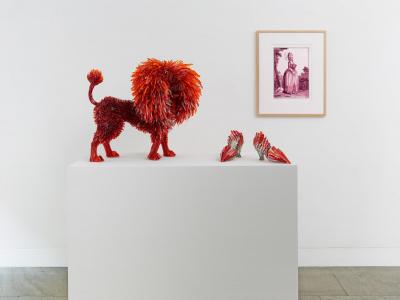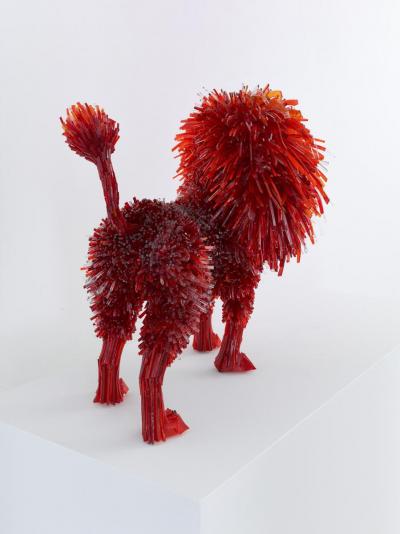Marta Klonowska - "My glass animals open a new reality."
Mediathek Sorted

Klonowska recognises the staging in these images and reverses it. She liberates the animals from their existence as bit players and gives them the main role as precious, luminous, colourful beings that can no longer be perceived as glass animals, dangerous, remote and cold. Human beings, who are only represented by their shoes, now take on secondary roles. The artist comments on this in the following manner: “I create installations, which should lead the audience into a new universe. My animal figures are part of historical paintings, where they play a secondary role to the sitters. In my art the animals perform as the principal actor. Animals are difficult to understand and it is difficult to communicate with them. My glass animals open therefore a new reality, which is different from ours. The sitters in the painting, the animals and the audience of my art perform in a kind of theatrical stage, where the different levels become indistinct. This clash of realities should make us think about the uncertainties of life.”
Last not least the artist hides the “insecure nature of the world” in wit and irony. “Dogwalk” is the title of one of her exhibitions, despite the fact that her animal figures will never go anywhere for a walk, but stare rigidly and silently in Thomas Gainsborough’s corresponding painting, which shows an elegantly dressed aristocratic couple taking their dog for a morning walk. (1785, National Gallery London, Ill:. 5). “Petting Zoo” is the title of another exhibition, irrespective of the fact that visitors would cut their own bodies if they tried to put this into practice. In her installations and exhibitions Klonowska creates her own universe of historical and contemporary art and takes visitors into a world in which the role of animals can be observed in a more respectful manner.
Axel Feuß, December 2015
We should like to express our gratitude to the Galerie lorch+seidel contemporary, Berlin, for their cordial support.
http://www.lorch-seidel.de/artists/marta-klonowska

















































































